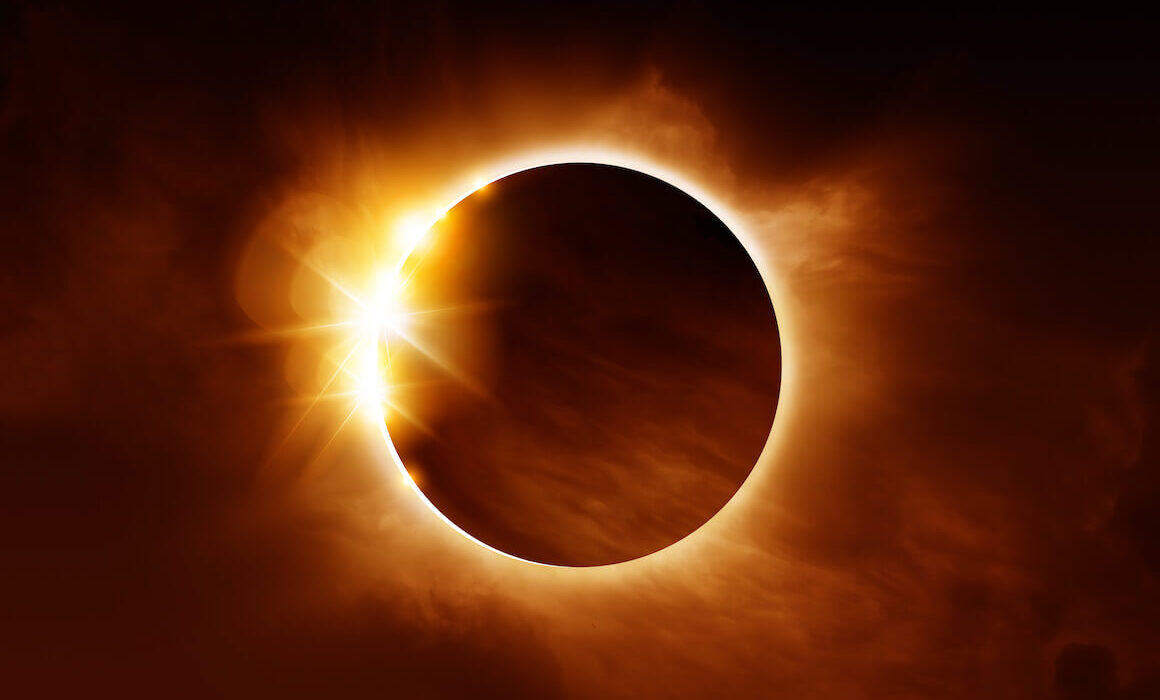The Solar Eclipse Is Almost Here! Everything You Need to Know
Published by www.scientificamerican.com on April 7, 2024.

This article is part of a special report on the total solar eclipse that will be visible from parts of the U.S., Mexico and Canada on April 8, 2024.
CONCAN, Tex.—After months of waiting, planning and anticipating, the eclipse is nearly upon us. This rare heavenly alignment will be a marvel to look at for anyone lucky enough to have clear skies at the time. For a few minutes, the face of the moon will perfectly overlap that of the sun from our perspective on Earth, blocking out most of the light from our star and leaving only the wispy white glow of the sun’s outer atmosphere, called the corona.
This phase, called, totality, will be dramatic. The sky will get completely dark, like the dead of night, the temperature will drop, and birds, insects and other creatures may react strangely. Just as you get used to the sight, the moon will edge away, letting stunningly bright beads of light through, and then back off to reveal more and more of the sun’s disk.
“The most exciting parts of a total solar eclipse are the sudden twilight effect that occurs in the middle of the day, the appearance of the corona and sometimes large, bright features erupting from the sun’s surface called prominences,” says Hagai Perets, an astrophysicist at the Technion–Israel Institute of Technology. “Stars and planets, which you can usually see only at night, might also be briefly visible.”
Keep reading at scientificamerican.com.